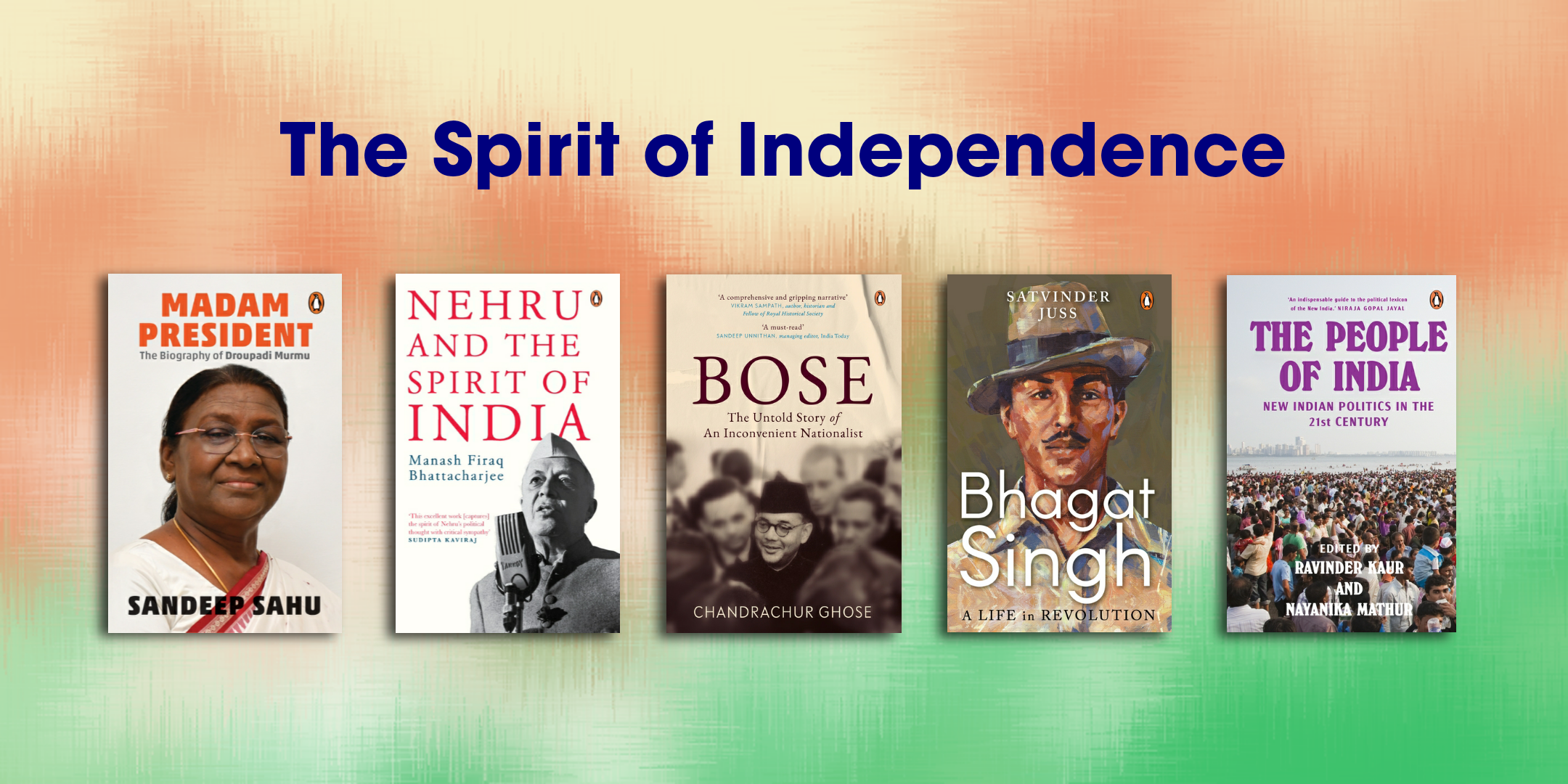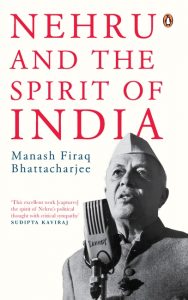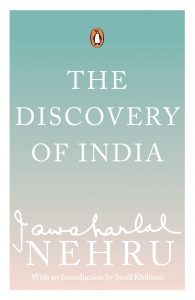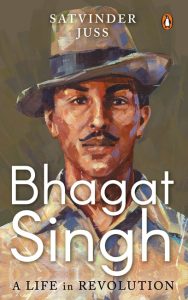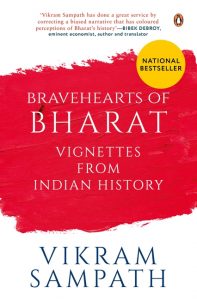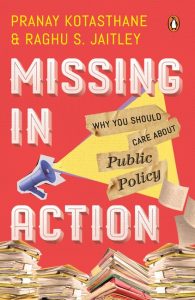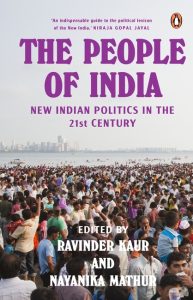This Republic Day, join us for a thoughtful exploration through books unveiling India’s rich history. From tales of strength to political insights, we’re delving into stories that define our nation. Get ready for a reflective reading journey as we celebrate the essence of Republic Day.
Let The Ultimate Bharat Book Binge begin!
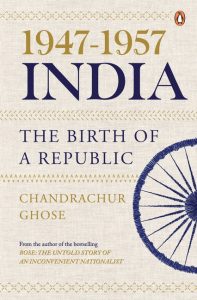
The first decade after India’s independence, 1947-1957, was probably the most crucial in the nation’s history. Opening a window to this period, this book weaves a story out of the complex ideas and events that have largely remained beneath the surface of public discourse. The transfer of power, the framing of the Constitution and the formation of the governance machinery; the clash of ideas and ideologies among parties and personalities; the beginning of the disintegration of the Congress and the consolidation of political forces in the opposition; Nehru’s grappling with existential problems at home and his quest for global peace; the interplay between democratic ideals and ruthless power play-all these factors impinged on each other and shaped the new republic in its formative decade.

26 November 1949 marks the date when the longest constitution in the world was formally adopted to guide the largest democracy in the world. It effectively transformed the British Dominion of India into one nation—the independent Republic of India. The supreme law of the land set forth the workings of Indian democracy and polity, and its provisions aimed to secure justice, liberty, equality, and fraternity for the people of India. As drafted and as conceived, the constitution makes provision for a functioning democracy and not an electoral autocracy, and this is how it has to be worked. It is therefore imperative for all citizens to familiarise themselves with its provisions.
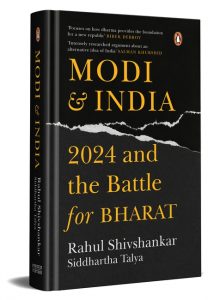
In 2014, the BJP, under the leadership of Modi, won a clear majority in the Lok Sabha elections. The National Democratic Alliance’s triumph ended a nearly two-and-a-half-decade run of mostly messy coalition governments. In 2019, the BJP further improved its tally, cementing its parliamentary majority and its ability to ring in transformational laws and policies. Most of the initiatives taken by the Modi-led NDA have been aimed at positioning Bharat as a ‘Vishwa Guru’—an exemplar of moral righteousness, a pluralistic democracy led by dharma and drawing sustenance from the wellspring of an eternal Hindu universalism.
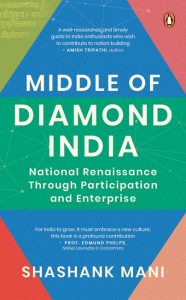
Middle of Diamond India proposes a revolutionary idea – that India has long ignored its largest and most talented segment, citizens in the Tier 2 and Tier 3 districts, its Middle.
The book reveals the hidden stories of those in its Middle who have been ignored owing to their location and language. By examining India’s revolutionary past, its culture, its citizens, its innovators, and its spirit, the book illuminates this Diamond shaped India.
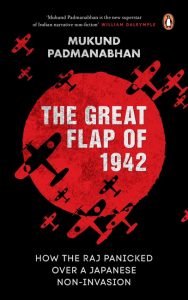
The Great Flap of 1942 is a narrative history of a neglected and scarcely known period—between December 1941 and mid-1942—when all of India was caught in a state of panic. This was largely a result of the British administration’s mistaken belief that Japan was on the verge of launching a full-fledged invasion. It was a time when the Raj became unduly alarmed, when the tongue of rumour wagged wildly about Japanese prowess and British weakness and when there was a huge and largely unmapped exodus (of Indians and Europeans) from both sides of the coastline to ‘safer’ inland regions. This book demonstrates, quite astonishingly, that the Raj cynically encouraged the exodus and contributed to the repeated cycles of rumour, panic and flight. It also reveals how the shadow of the Japanese threat influenced the course of nationalist politics, altered British attitudes towards India and charted the course towards Independence.
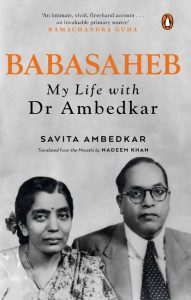
Born into a middle-class, Sarasvat Brahmin family, Dr Sharada Kabir met and got to know Dr Bhimrao Ambedkar as a patient riddled with life-threatening diseases, and eventually married him on 15 April 1948, getting rechristened as Savita Ambedkar. From the day of their wedding to the death of Dr Ambedkar on 6 December 1956, she aided him in some of his greatest achievements-drafting the Constitution of India, framing the Hindu Code Bill, writing some of his most celebrated books, including The Buddha and His Dhamma, and leading millions of Dalits into Buddhism. Following his death, she was hounded into obscurity by some of Dr Ambedkar’s followers, who saw her as a threat to their political ambitions. She re-emerged into public life in 1970 and got back to working on the mission to which her husband had devoted his life-the welfare of the Dalit community. Her autobiography, Dr Ambedkaraanchya Sahavaasaat, was first published in Marathi in 1990.
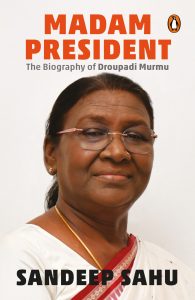
Madam President is the first-ever comprehensive and authentic biography of Droupadi Murmu, the fifteenth President of India, by senior journalist Sandeep Sahu. Murmu’s long and eventful political journey is a story of true perseverance and inspiration. Having battled early years of struggle in securing quality education, being struck by a series of personal tragedies such as the loss of her husband and two sons in quick succession,
and suffering electoral victories and losses, Murmu has risen through her circumstances with grace, fortitude and resilience that make her the well-revered leader she is today.

Reservation or affirmative action is a hugely controversial policy in India. While constitutionally mandated and with historians, political scientists and social activists convinced of its need, many resist it and consider it as compromising ‘merit’ and against the principle of equality of opportunity.
In These Seats Are Reserved, Abhinav traces the history and making of the reservation policy.
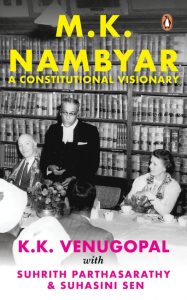
It is rare to see a lawyer from a district court occupy centre stage in the Supreme Court but M.K. Nambyar achieved this remarkable feat. Starting his practice in a district court in Mangalore, M.K. Nambyar rose to become an eminent constitutional lawyer. Written by his son K.K. Venugopal, a legal luminary himself, this biography provides a fascinating account of Nambyar’s life. It not only describes the man but also recapitulates India’s legal history from the pre-Independence era. The book includes some landmark cases argued by Nambyar that have significantly contributed to the development of constitutional law in India such as A.K. Gopalan v. State of Madras and I.C. Golak Nath v. State of Punjab, where he sowed the seeds of the ‘basic structure’ doctrine. These cases continue to guide and inspire lawyers and judges today.
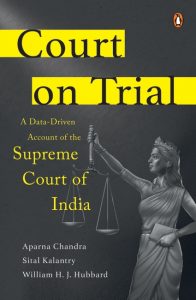
The Indian Supreme Court was established nearly seventy-five years ago as a core part of India’s constitutional project. Does the Court live up to the ideals of justice imagined by the framers of the Indian Constitution? Critics of the Supreme Court point out that it takes too long to adjudicate cases, a select group of senior advocates exercise disproportionate influence on the outcome of cases, the Chief Justice of India strategically assigns cases with an eye to outcome, and the self-appointments process-known as the collegium-is just another ‘old boy’s network’. Building on nearly a decade of original empirical research, Court on Trail examines these and other controversies plaguing the Supreme Court today. The authors provide an overview of the Supreme Court and its processes which are often shrouded in mystery, and present data-driven suggestions for improving the effectiveness and integrity of the Court.
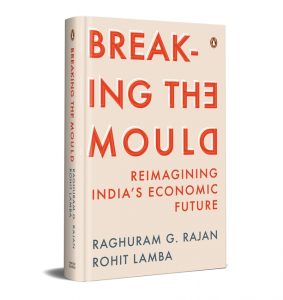
In Breaking the Mould, the authors explain how we can accelerate economic development by investing in our people’s human capital, expanding opportunities in high-skilled services and manufacturing centred on innovative new products, and making India a ferment of ideas and creativity. India’s democratic traditions will support this path, helped further by governance reforms, including strengthening our democratic institutions and greater decentralization.








